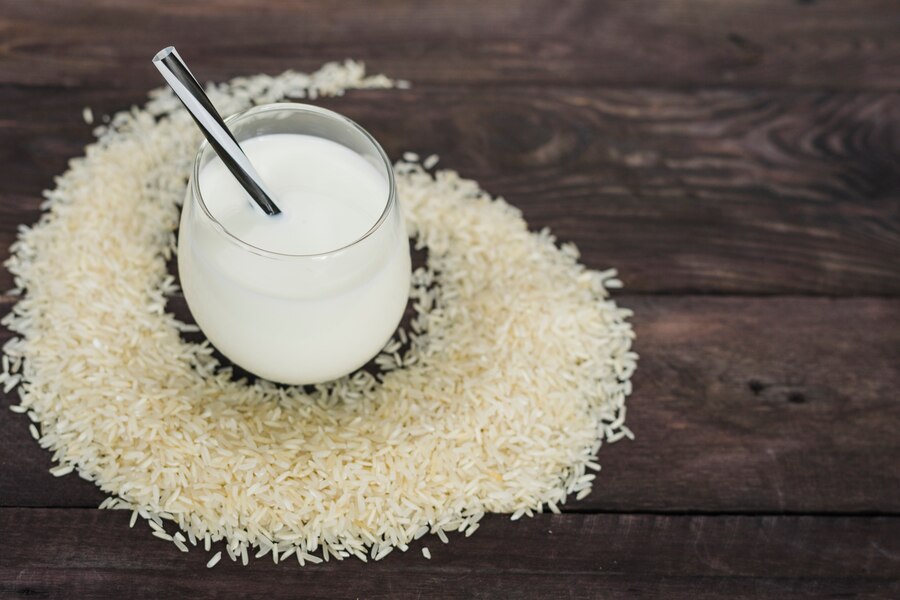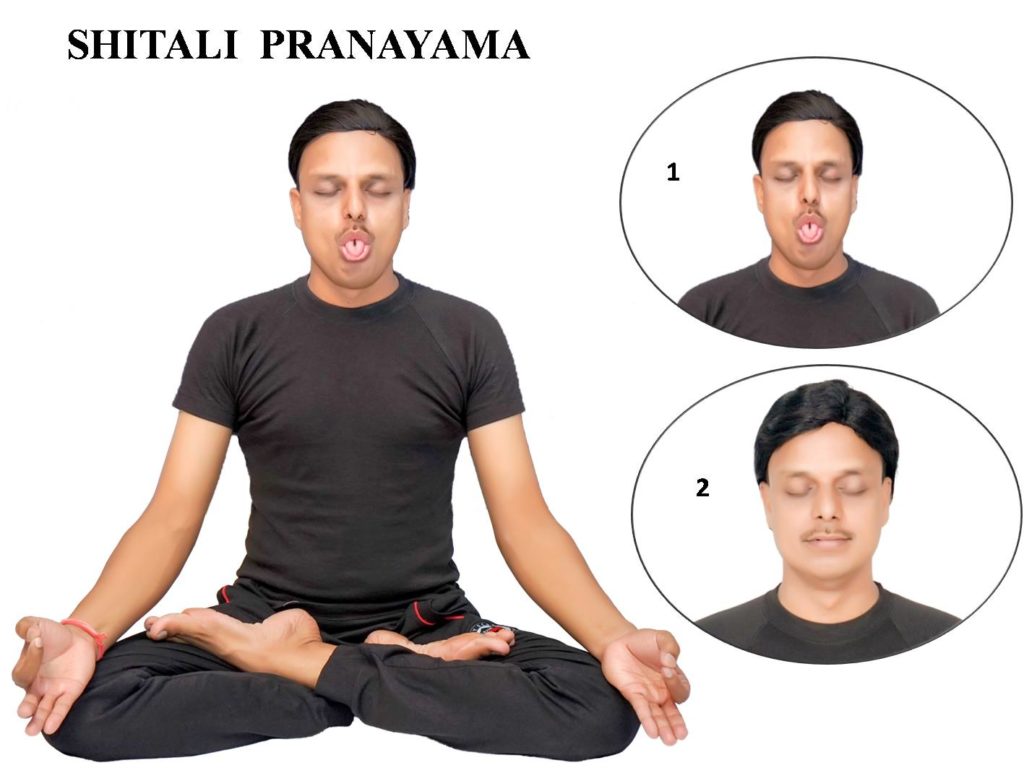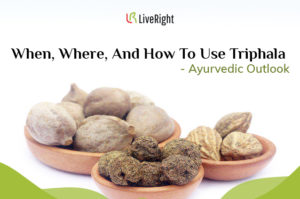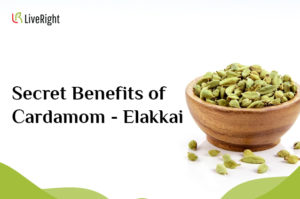Last updated on August 21, 2024 by Dr. Subashri Thanigaivel
“Uff! It’s too hot today. I can’t stand this heat. And I have susceptible skin. Such hot weather will damage my skin!”
“And so…
I’m not gonna go out for shopping with you today 😜”
Many of you would have said this to your BFF if they had ever asked you out for shopping. Especially if you are a beauty-conscious person.
But the concept here is not about hot weather damaging your skin or beauty. It is all about your body heat, and its tolerance level.
If you can’t stand the heat, constantly feel thirsty, experience excessive sweating, suffer from acidity issues or burning micturition, observe premature greying of hair or too much hair fall, witness skin problems like rashes, boils, acne, pimples, etc., all directly say that you have excess heat in your body.
People with Pitta prakriti will normally have excess heat in their bodies when compared to Vata or Kapha prakriti. But at times, your body heat also increases when you follow the wrong diet & lifestyle causing an imbalance in your pitta dosha.
Ayurvedic recipes to reduce body heat
TANDULODAKAM
Tandulodakam is nothing but overnight soaked rice water.
Preparation Method: Take 10-20 grams of unpolished rice in a container and add eight times more water to it. Remember, the ratio is 1:8. Now, soak the rice overnight. And the next morning, mash the rice gently for two to three minutes. Finally, strain and collect the water separately. This collected rice water is called tandulodakam in Ayurveda.
What is the suitable rice for tandulodakam preparation?
Red rice is the best option. If not, you can also use locally available daily use rice. But remember, it must be an unpolished one. It would be even better if you could use a year-old rice for tandulodakam preparation.
The cooling effect of this rice water greatly helps in reducing body heat. Tandulodakam is one of the best remedies for excess bleeding during menstruation, constant white discharge, pain or burning sensation while urinating, diarrhea, and mouth ulcers.
You can also use this rice water mixed with aloe vera pulp or chandanam (Indian sandalwood) for external application. This treats the burning sensation in the skin and maintains good skin health.

DHANYAKA HIMAM
The word “dhanyaka” means “coriander seeds”.
Preparation Method: Take 10-20 grams of coriander seeds in a container and add six times more water to it. The ratio here is 1:6. Similar to rice water, soak the seeds overnight. Now, strain and collect the water separately. In Ayurveda, this water collected by soaking coriander seeds overnight is called dhanyaka himam.
It is well known for its excellent cooling effect. Highly reduces the body heat and thereby treats body irritation, acidity, excess sweating, and bleeding. Famously used as a detoxifying drink too. Also, it is an excellent remedy for women suffering from perimenopause symptoms like hot flashes or irregular periods.

Please Note: Never take the above two recipes together on the same day because both tandulodakam and dhanyaka himam have a high cooling effect. You may take each on alternative days. Also, don’t take them for a longer duration. Avoid tandulodakam or dhanyaka himam if you are suffering from severe cold, asthma, sinusitis, or other breathing issues.
If you still feel that your body heat has not reduced and you have not recovered from your sickness even after taking these drinks, then immediately consult an Ayurvedic doctor nearby. Follow their instructions and get treated.
Ayurvedic lifestyle to reduce body heat
SHITALI PRANAYAMA
Fold your legs and sit down comfortably in such a way that your spine is kept straight. Now roll your tongue in a tube shape (just as shown in the image below) and breathe in. After inhaling, hold your breath, close your mouth, and exhale through your nostrils.

Do the same for six to eight times. This helps in reducing your body heat. Avoid doing this if you have low blood pressure or any other breathing issues.
“Pitta imbalance increases body heat”
– Ayurveda
How to balance pitta
Certain diet or lifestyle activities disturb pitta and cause imbalance. Here are some Ayurvedic diet or lifestyle tips to maintain a balanced pitta.
Dietary Tips
- Avoid too much salt, sour, and pungent (spicy foods) taste in your regular meals. (for example – pickle, sour buttermilk, sour curd, etc.)
- Eat foods that are sweet, bitter, and astringent in taste (for example – milk, curd, snake gourd, bottle gourd, raw banana, spinach varieties like black night shade (manathakkali keerai) and purslane (paruppu keerai), pomegranate, fig, watermelon, grapes, etc. Liquid food varieties that you can have are aloe vera juice, amla juice, sugarcane juice, fresh buttermilk with jeera/fenugreek topping, etc.)
- Completely quit smoking and alcohol.
- Highly reduce your coffee intake.
- Drink boiled water at room temperature.
Lifestyle Tips
- Use moderate strength during workouts. And remember to rehydrate yourself after exercise.
- Include meditation in your regular exercise routine. It greatly assists you in anger management and allows you to develop good emotional control. (*anger is one of the reasons to trigger pitta imbalance)
- Cover your head while moving under the hot sun.
- Prefer taking a bath in cold or normal water.
That’s just a handful of tips. Follow them to keep your pitta in balance. Probably you might never get a chance to say “no” or “next time” for shopping with your BFF 🙂
RELATED: Pitta Lifestyle Practices and Pitta Dinacharya : How to create lifestyle?




